Naiara Berrojalbiz: "The goal is to analyze climate change at the poles"
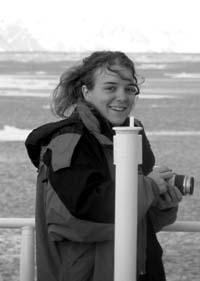
And so it is. In fact, the boat itself and its crew are also military, but its main objective is the one dedicated to science. An important part is the laboratories, which have measuring instruments and, above all, oceanographic measuring devices.
Last year, 2007-2008, was the fourth international polar year, in which numerous polar research projects emerged. The Atos project follows this philosophy. In our case, we seek information on climate change to combat it. Therefore, the goal is to analyze what climate change is at the poles.
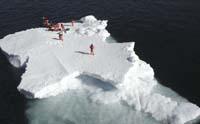
It is above all a question of logistics and calendar of the ship itself. In fact, this campaign, that of Antarctica, was planned for last year, within the international polar year, but due to logistical problems, we will do it this year. In both cases the project is the same and the objectives are the same.
We took the boat in Iceland, in Reykjavik. We made our tour and left us in the Svalbardas. In the sea we were only thirty days - in Antarctica we will be forty-two days - something shorter but of great intensity.
Normally we started the day with a station, that is, the boat remained at a certain point. We started taking samples and measurements: fishing, taking plankton samples (phytoplankton, zooplankton...) and also taking water samples for analysis (inorganic and organic pollutants, primary productivity... a little bit of everything). It is a multidisciplinary team: biologists, chemists, physicists... And everyone analyzes their area. It's nice, because we work together and come up with nice ideas.
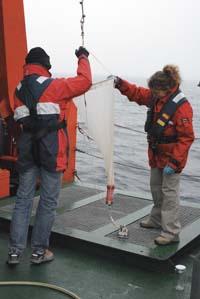
Then, in our case, everything has to meet well to take it to Barcelona. We analyze persistent organic pollutants, called POPs. They require very clean conditions and very long processes for analysis and extraction of information. Therefore, we must collect very well the samples on the boat so as not to contaminate them on the way. Once assembled, we sent them to Barcelona, and so, once back to Barcelona, we have a work of months processing these samples.
Yes, we do degradation experiments and others right there, and we also work in collaboration with other groups. But the truth is that our main objective is the collection and collection of samples.
Yes, the landscape is wonderful. Among other things, we saw seals, whales and a polar bear!
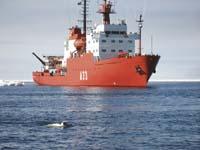
Yes, polar bears have many contaminants that tend to bioaccumulate. And not only bears, but also inuit. Inuit children have had dysfunctions in some organs and have apparently told mothers not to breastfeed children, since the pollutants accumulated by the mother are expelled through milk.
And not only pollutants caused by combustion of engines, but also pesticides, and contaminants present in different substances of daily use. These pollutants pass into the air, many are persistent and, along with the air, reach the poles. Due to their temperature and pressure conditions, these contaminants accumulate, passing into water and storing in ice.
Therefore, we should take water samples, air samples, plankton and ice. The analysis of the samples involves analyzing the behavior of permanent contaminants when data is available. We pursue persistent organic compounds. They are characterized by being toxic to animals, bioaccumulative and durable to travel over long distances.
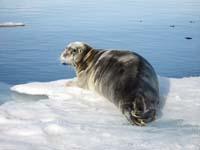
Yes, yes, it is glass. But we already have a lot of experience and we put everything well tied, everything in place for nothing to spoil. However, in the Arctic we had a relaxed atmosphere.
In my case I have the fifth campaign at sea. Before, I have also visited the Mediterranean and the Atlantic, where it has touched the bad weather. In these cases, it is best to stop working.
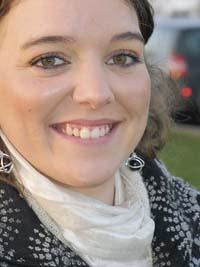
Buletina
Bidali zure helbide elektronikoa eta jaso asteroko buletina zure sarrera-ontzian











